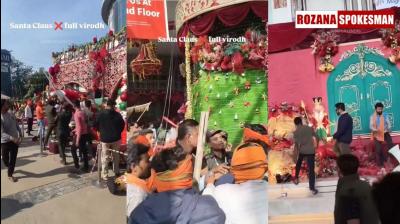
Get a Brief About Kathak Mudras and Gharanas
Kathak Dance Form Style, Mudras and Gharanas: There are eight Indian classical dance forms which include Bharatanatyam, Kuchipudi, Kathak, Odissi, Sattriya, Kathakali, Manipuri, and Mohiniyattam. Among all these forms, Kathak is the most recognized one.
Kathak is derived from the Sanskrit word Katha which means ‘story’ and Kathakar which means ‘the one who tells a story’ or ‘to do with stories’. Likewise, the origin of Kathak is attributed from traveling bards in ancient northern India known as Kathakars or storytellers.
Kathak dance form is all about rhythmic foot movements, adorned wearing Ghungroo, harmonized to the music. The legs and torso are generally straight, and the story is told through the upper body movement, facial expressions, bends and most frequently, turns. However, the main focus of the dance becomes the eyes and the foot movements.
Get a Brief About Kathak Mudras and Gharanas:
Kathak Gharanas:
Kathak is found in three primarily distinct forms, called ‘gharanas’, named after the cities where Kathak dance tradition evolved namely:
• Jaipur
• Banaras
• Lucknow
While the Jaipur gharana focuses more on the foot movements, the Banaras and Lucknow gharana focus more on facial expressions and graceful hand movements. Also, Lucknow gharana emphasizes acting and Jaipur gharana is famed for its spectacular footwork.
Kathak Mudras:
According to Natyashastra, there are 24 Asamukyta Hasta Mudras,13 Samyukta Hasta Mudras, and 27 Nritta Hasta Mudras.
Asamukyta Hasta Mudras are single hand gestures which are 24 in number. Samyukta Hasta Mudras are 13 in number and are used to showcase joint hand gestures. Nritta Hasta Mudras in Natyashastra are an amalgamation of Asamyukta and Samyukta because these are used to enhance dance, they don’t have much meaning.













